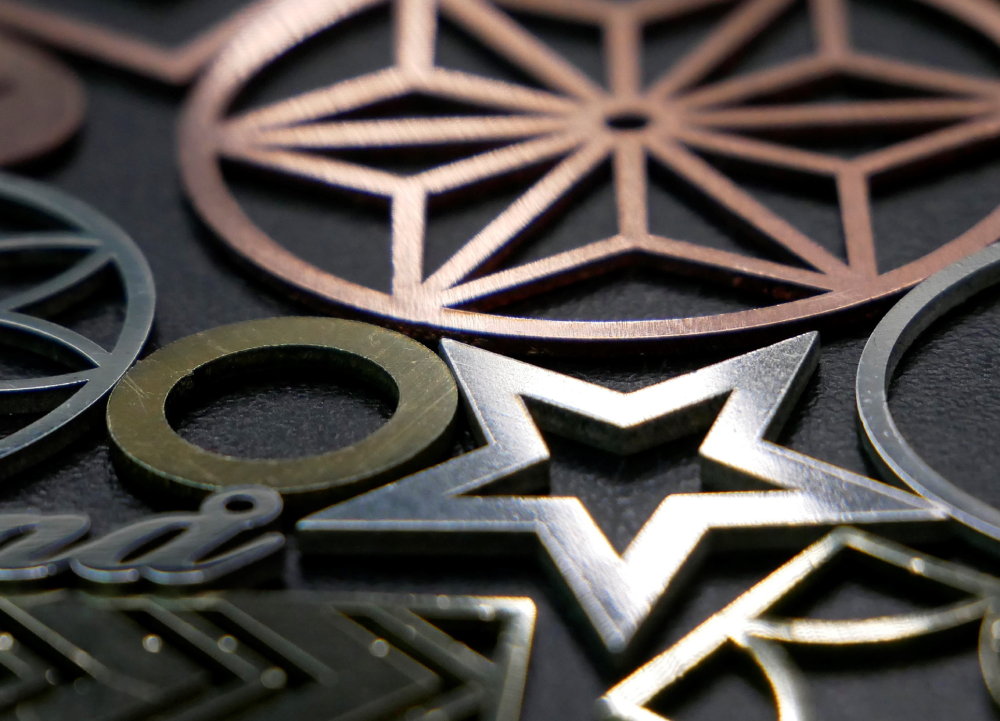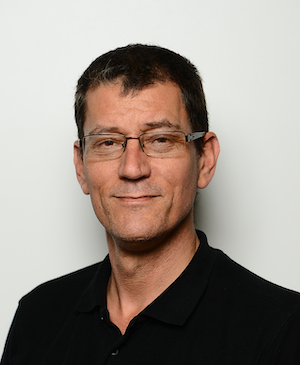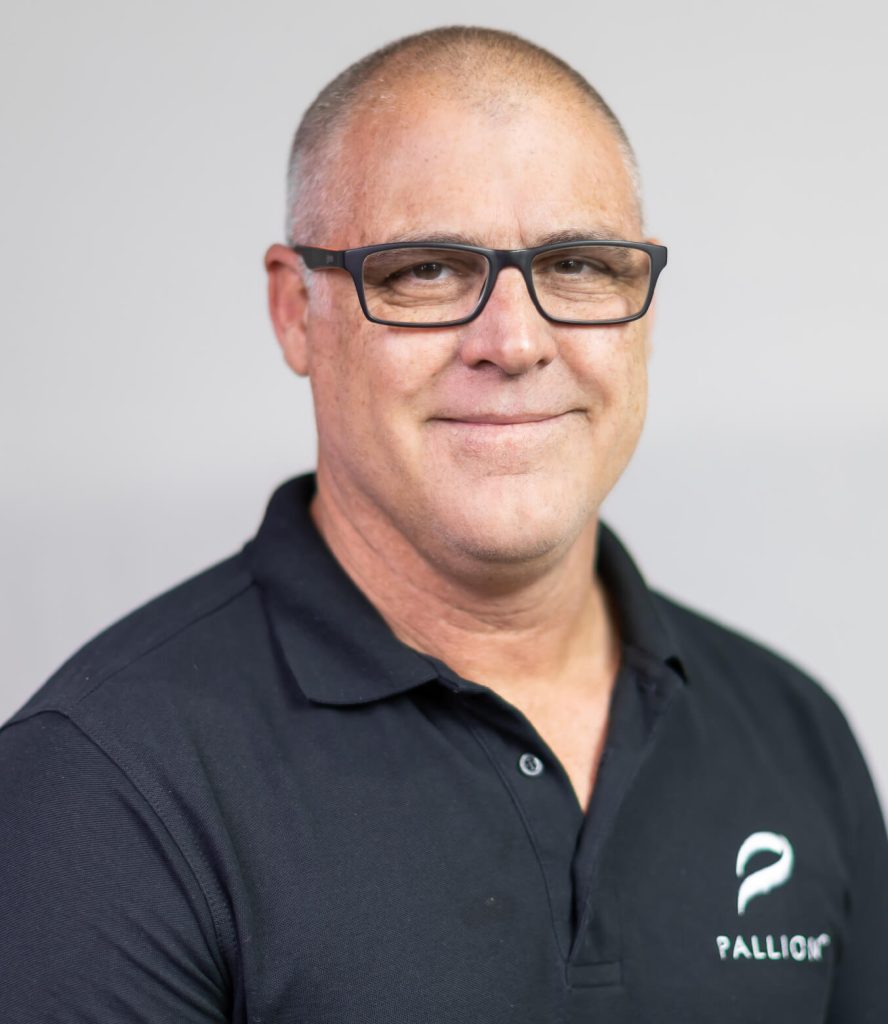
Palloys is fortunate to have been working with and amongst the Australian jewellery industry for over 70 years, over which we have seen immeasurable development and modernisation of many manufacturing and jewellery processes. The capacity for supporting jewellers, reducing lead times and being more ecologically conscious through technological advancements is one of the founding principles that Palloys operates on. We are proud of our consistent ability to provide clients with the very best quality products for their business. Palloys has invested in using the best technology over the 70 years of our operation. Recently, that has taken shape in improvements to our Computer-Assisted Manufacturing (CAM), 3D Printing, Casting and Laser Cutting, all of which cumulate to ensure that we are delivering the finest, highest quality results to our clients.
COMPUTER-ASSISTED MANUFACTURING
With the growing accessibility to CAM technology, the resources and knowledge required to operate CAM programs and printers have greatly decreased. This has demanded a new era for both the consumer and CAM-using manufacturers. We see non-jewellery users who challenge the norms of the equipment, challenging manufacturers to produce better machines, better resins, and better consumables in a highly competitive sales operation. Chris Botha, operations manager for jewellery production elaborates, “For Palloys, we see this as a significant advantage. The clients that use us for printing still do not want to print themselves, as they have other business areas to oversee, and the people who are currently supplying their own prints can now supply better-quality prints, in ever-better castable resins.
There are distinct advantages for both the manufacturer and the customer as the CAM industry expands and evolves.” In March, we are thrilled to be launching Palloys Connect. This CAM service allows our customers to submit a bespoke ComputerAided Design (CAD) brief directly to our Rhino backend system. It is a simple-to-use, step-by-step online process that offers customers fast, custom-design briefs sent in real-time, directly to our CAM team. It reduces the time spent manually marking up design requirements and reduces the design sign-off process, optimising both the user’s and the manufacturer’s experience in creating something incredible for the client.
3D PRINTING
When it comes to 3D printing, sometimes technological advancements are related more to having the knowledge and experience to know how to effectively utilise 3D printing. Chris explains, “Some products can only be made using CAD and 3D printing methods; some should never be made with 3D printing.” Palloys is the chosen manufacturer for thousands of jewellers each with their own styles and method. There are clients who will hand carve wax, which we can 3D scan and convert it to a CAD-compatible file type, and then begin the design’s manufacture.
On the other hand, some jewellers will use our full CAD service where they will submit a brief and liaise with our designers and CAD experts before the design proceeds to 3D printing. Being the most advanced is not only about having top-of-the-range machinery and printers, but also requires an understanding of how to use technology to meet the unique needs, budget, and experience of each client. Palloys is proud to offer our team of expert manufacturers and jewellers, as well as the best possible operating systems and machines.
CASTING
The fundamental principle of casting has existed for over 6,500 years, however the process has seen immense advancement since its inception. The advent of electricity, vibration, vacuum and overpressure technology has allowed for more consistently generating successful casts, and the process of producing a cast has evolved as our understanding of the practice has grown. Palloys use a variety of equipment ranging from vacuum to overpressure, or a combination of both, as well as rotary casting and occasionally the good old-fashioned gravity fill. The method used varies based on the alloy or by product type and is always carefully chosen by our team of experts to ensure that only the most suitable casting process and the best technique is being used for the specific design.
LASER-CUTTING
One of the most exciting technological advancements in the jewellery industry and inside the Palloys workshop is the emergence of laser cutting and Palloys’ own new Fiber Glass Laser Cutter. Ben Pearce, Palloys’ fabricated metals operation manager, explains, “Our laser cutter will cut up to 2.5mm thick in silver, platinum, gold and base metal alloys. Jewellers will be able to send us a file and we will cut whatever they want, in whatever alloy they would like – this means less wasted material for the jeweller and will be an invaluable time and money saver. With a cut width of 0.08mm, the level of accuracy achievable is incredible and the cutter has successfully helped Palloys create thousands of designs since its installation.” Technology allows for a more costeffective, faster and more accurate process for both the customer and the manufacturer.
Palloys’ belief in optimisation and providing superior jewellery manufacturing services for the best price is fundamentally upheld by our commitment to investing in technology and continues to push the jewellery industry to thrive.


Chris Botha
Palloys Operations Manager

Ben Pearce
Palloys Fabricated Metals Operation Manager
Further reading: